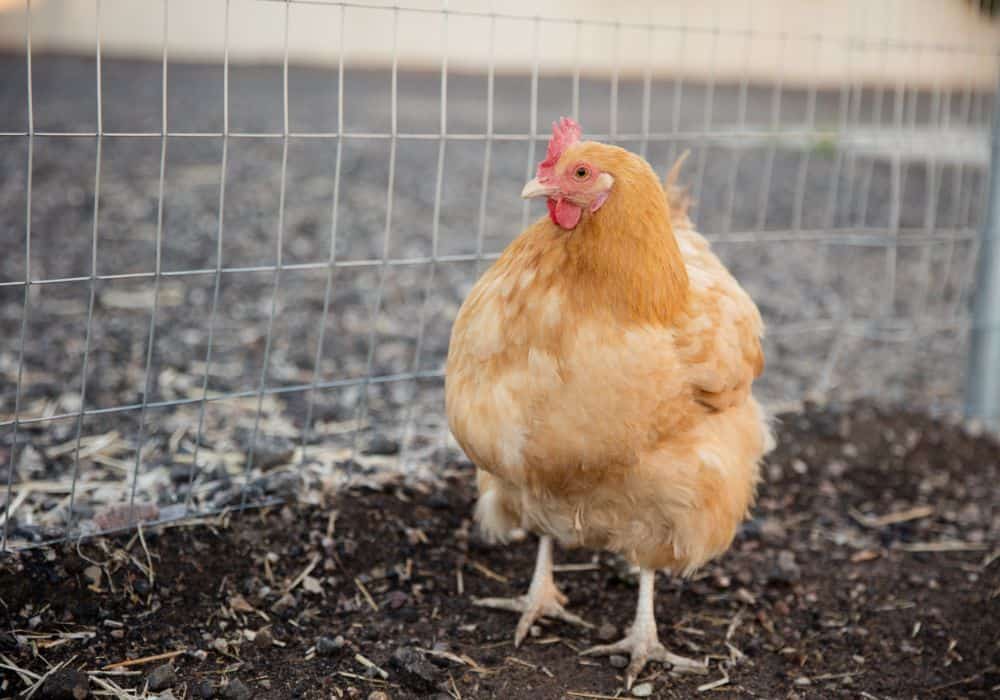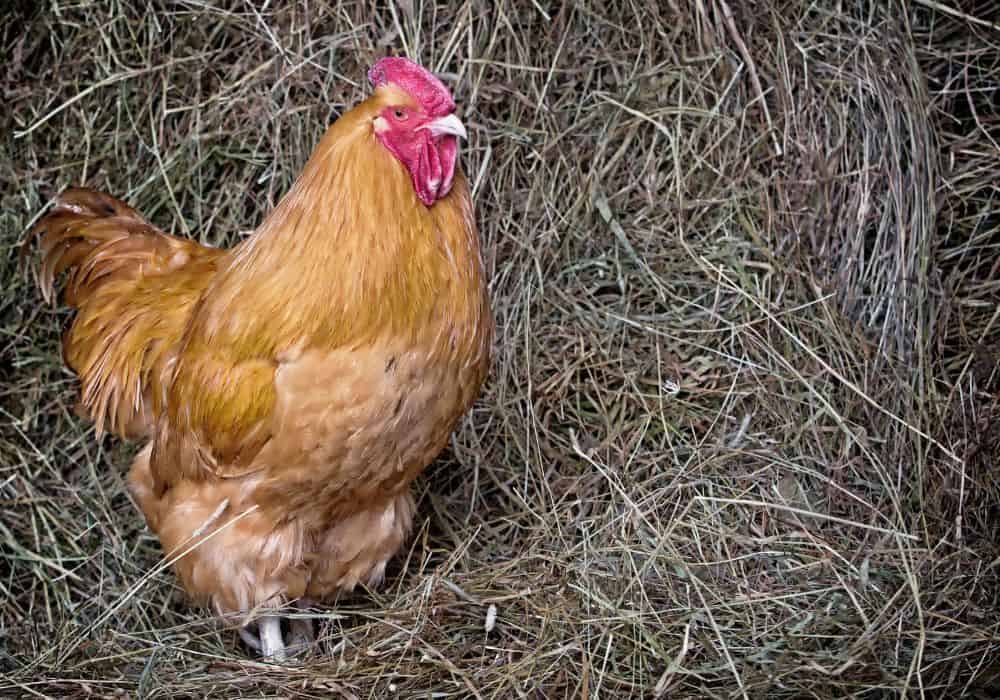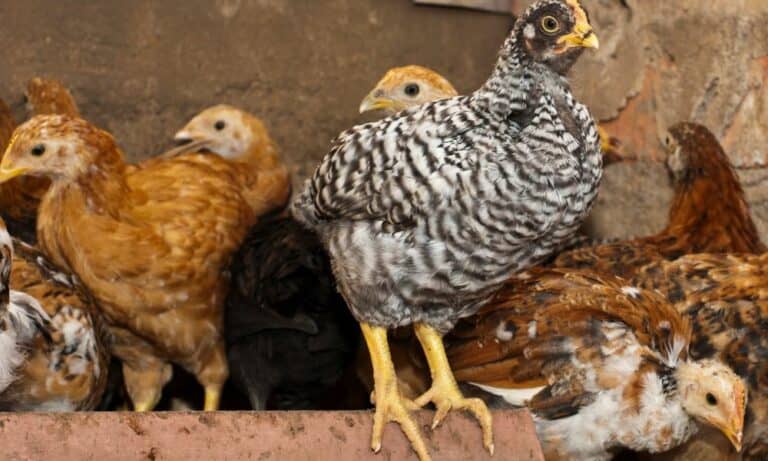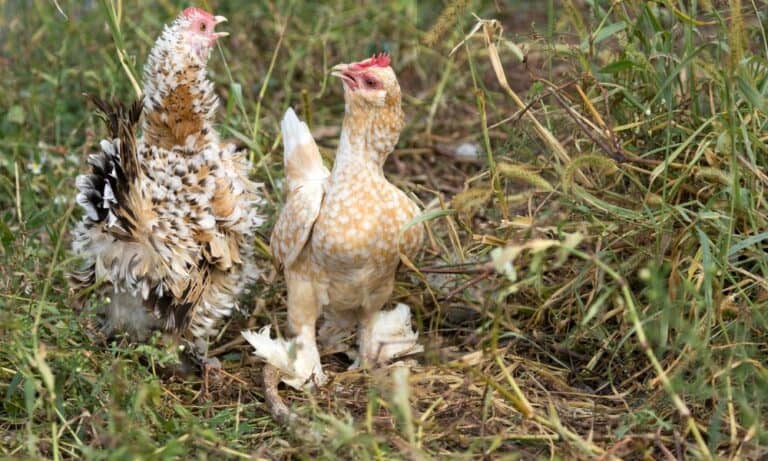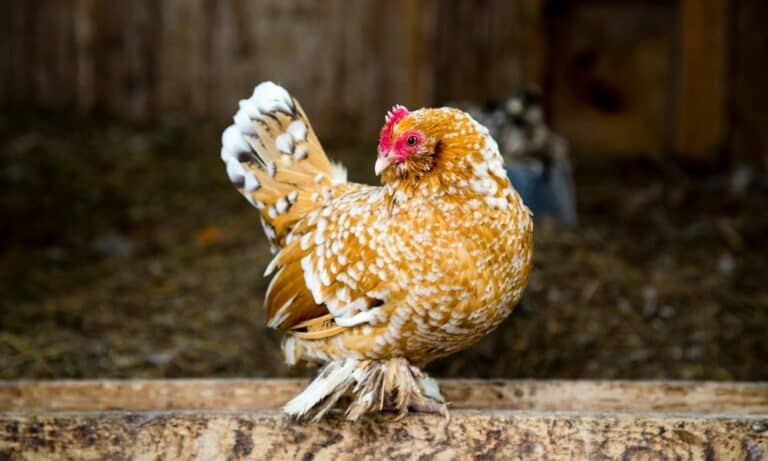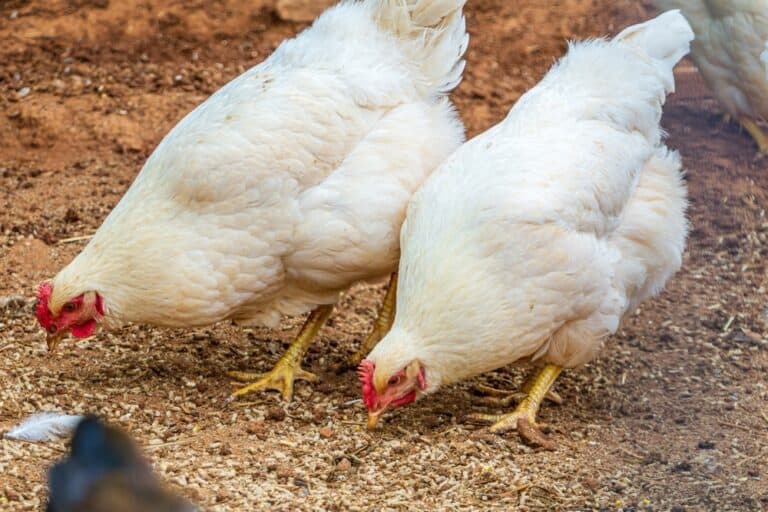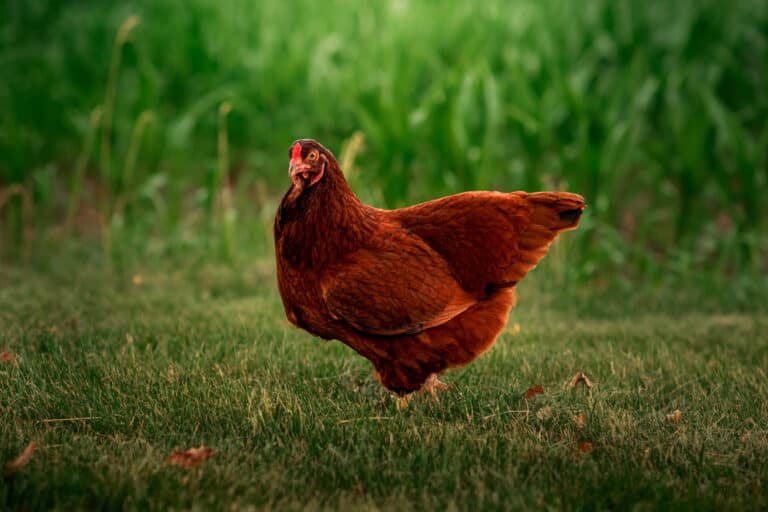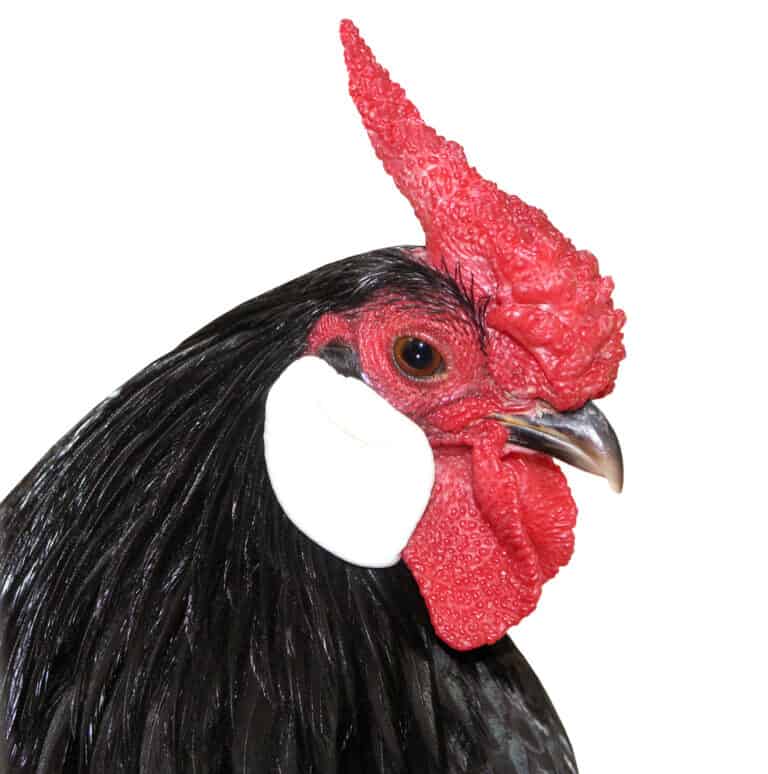If you are considering becoming a backyard chicken keeper, then you have a lot of studying to do. You’re going to have to figure out which chicken breeds you want to raise, what your goal of chicken ownership will be, and how to care for them best.
Each chicken breed is going to have its own needs. In fact, each breed has its own unique benefits, too. In recent years, Orpington chickens have seen a major resurgence among chicken owners. But, why? And what does this breed do?
What are Orpington chickens?
Orpington chickens are a specific breed of chicken, or rather, an umbrella term for a large group of breeds of chicken. Each Orpington chicken breed (including the ever-popular Buff Orpington) stems from a batch of chickens bred by Mr. William Cook back in the 19th century.
As you can probably guess, Orpington chickens all have their heritage stemming from England. The name is actually related to the town they came from, which is the village of Orpington, in Kent, England.
What are Orpington chickens used for?
Orpington chickens are basically the “everything chicken.” These chickens are noted for being excellent for meat quality, great at laying wonderful eggs, being aesthetically pleasing, and also being nice pets to have around the farm.
Different subsets of Opringtons exist, so if you are looking for a very specific function for these chickens, you can find it. The trick is to look for the right variety of Orpington for your specific need.
What do Orpington chickens look like?
Orpington chickens are fairly fluffy and feathery. Seriously, they have tons of feathers, often with a fair amount of layering. That makes them look a lot larger than they really are. A typical rooster will be 10 pounds, while hens of this species weigh around 8 pounds.
Because there are so many different subcategories of Orpington, you can find a wide range of different feather colors. They are often a Buff color, but you can find them in almost any color imaginable. Most Orpington legs are pinkish white but it can vary.
When it comes to the color of their wattles, they tend to be bright red. Their short, spike-like beaks are more of an amber hue. Orpington roosters have short combs and broad bodies. They can either have a single comb or a rose comb.
What are Orpington chicken personalities like?
There are aggressive bird breeds, and there are gentle bird breeds. Orpingtons are known for being exceptionally gentle and cuddly. They love being held and petted, making them ideal for homes with kids.
One might even say that they are the epitome of domestication. They’re just fluffy, friendly birds. This makes them an excellent choice for people who are just starting their journey into raising chickens. They’re beginner chickens to the core and will ask to be picked up by squatting.
The only drawback that comes with Orpington chicken personalities is their tendency to get broody. Female chickens who are broody may need special care. Otherwise, your hen may end up hurting herself or others.
What are Orpington chicken eggs like?
Orpingtons are pretty good egg layers. You can expect anywhere from two to five eggs from a typical Orpington hen per week. That amounts to approximately 200 eggs per year.
Like most other chickens, these birds lay eggs with brown shells.
What kind of Orpington varieties are out there?
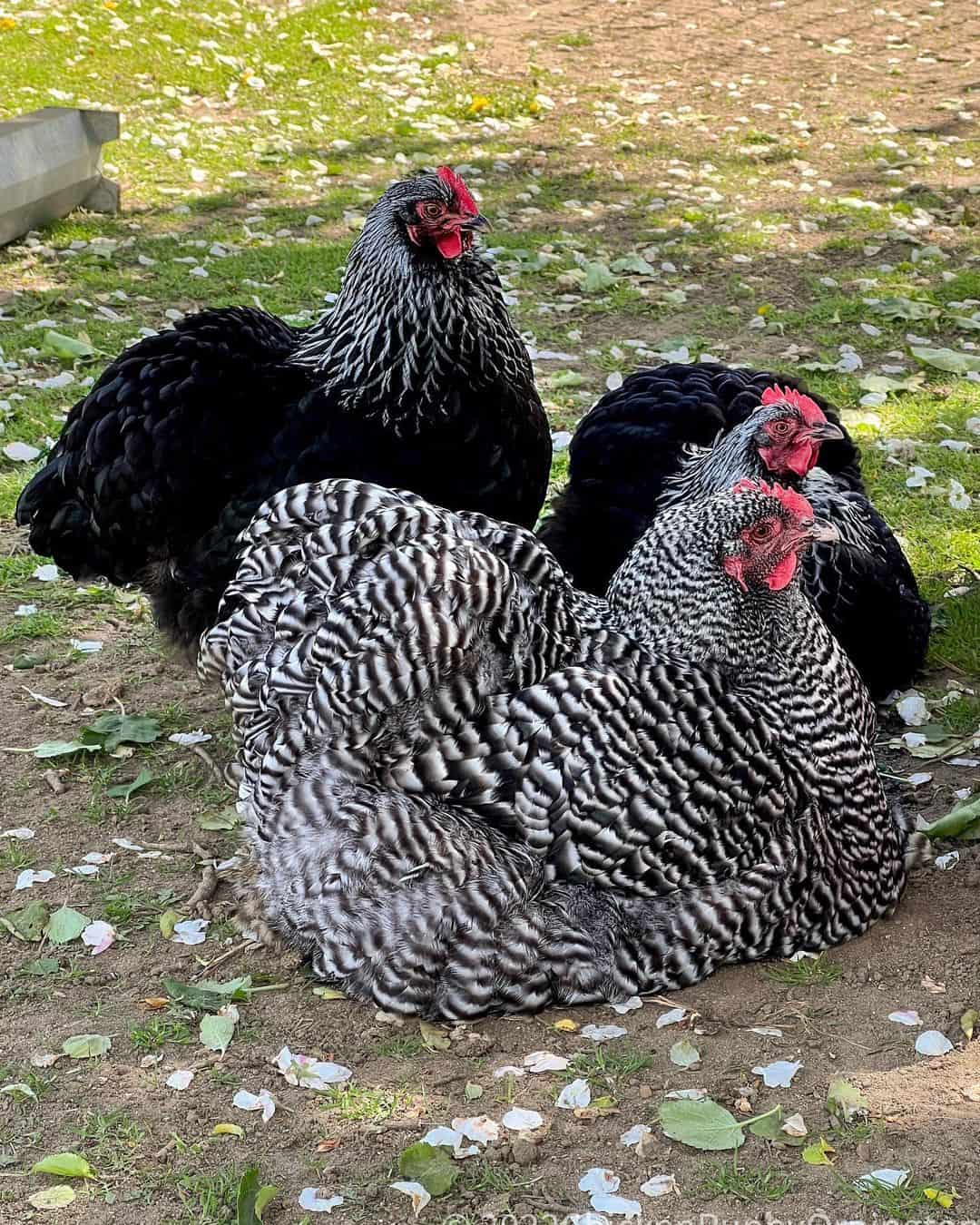
chicken_run_by_orpington
There are a lot of different colors. We’re going to look at some of the most popular color combinations you’ll find in this breed:
- Buff. Buff is the most popular color, and it’s a uniform light brown. It’s almost the trademark look of an Orpington hen.
- Black. Oddly enough, the first Orpingtons were all black. This was said to hide the soot from London coal.
- Blue. Blue Orpingtons are more grey-blue, but they are still very popular for their aesthetics. At one point, they were not popular. Today, this rare shade can fetch a high price.
- Lemon Cuckoo. Based on the now-extinct cuckoo Orpington, this bird has a slightly lighter shade of color than your typical buff.
- Jubilee. The Jubilee Orpington was bred in honor of Queen Victoria’s 50 years on the throne. It’s considered to be a luxury bird that has a rich chocolate hue with white specks.
- Chocolate. Yep, a medium to dark brown shade is what this bird breed is known for.
- Spangled. Spangled Orpington chickens are fairly common as far as the breed goes. These are black chickens that have tons of white speckles throughout the chicken body. It’s really gorgeous.
- Partridge. As the name suggests, these have a pattern in their feathers similar to a partridge’s. Their luxurious feathers have glints of red, orange, brown, and gold. It’s a beautiful look, though this variation is not approved by the APA.
- Lavender. Lavender Orpingtons are kind of a misnomer. They are not light purple. Rather, they are white with slightly dusty grey touches. They are extremely unique birds and are fairly difficult to find.
- Gold Laced/Silver Laced. These two color varieties have gold and silver lacing, giving the chicken an ethereal look.
- Red. The red variety is often mistaken for a Rhode Island red chicken.
Are Orpington chickens common?
Though it’s likely you have seen chickens that resemble Orpingtons in farms before, the chances of seeing this chicken breed aren’t quite high. Orpington chickens were on the endangered species list until 2016.
The original Cuckoo Orpington color variety is now considered to be nonexistent. It’s been out of the typical market since World War I. So, it’s safe to say that it’s extremely rare to see anything that resembles that particular shade.
Overall, Orpington chickens are fairly uncommon—though that doesn’t mean it’ll stay that way. There is a growing interest in Orpington chicken breeding throughout the world, especially in the United States and England. So, in the future, they may be common.
What should owners know about keeping Orpington chickens?
These birds are fairly low-maintenance, but that doesn’t mean you can take things for granted. Here’s what you need to know…
- Orpingtons are great for colder climates, but fare poorly in warm weather. They overheat pretty easily in hot climates. Their fluffy feathers are a bit too insulating for hot weather.
- While they love to peck around a yard, they are best fed via a feeder. They are not good foragers.
- They can be prone to mites and lice. You may need to spot-treat their feathers, check for pests, and give them baths once in a while. You also will need to de-worm them from time to time.
- Coops can be pretty petite as long as they have enough space. An Orpington will let you know when they’re feeling cramped by pecking feathers off their roommates.
- You can expect an Orpington chicken to start laying eggs around five to seven months of age. It’s unlikely that you will need to wait much longer. Orpington chickens were bred for egg laying, so they mature fairly quickly.
- Both male and female Orpingtons can end up being bullied by other chicken breeds. They are often too docile to stand up for themselves when put in coops with others. They are best left on their own for this reason.
Are Orpington chickens noisy?
Part of dealing with the task of raising chickens deals with noise mitigation. Orpington chickens are actually surprisingly quiet. With that said, they are still chickens, so you will still need to be prepared for some squawking and clucking.
Do Orpington chickens require exercise?
While some chicken breeds may require a lot of exercise, Orpingtons are not one of those breeds. They are fairly low energy. They like to lounge around outside, peck at things, and eat from a feeder bowl. They are unlikely to get scrappy at any point, but they do like space.
How much can an Orpington chicken cost?
Obviously, this changes from breeder to breeder. Most farms will sell Orpington chickens for $4 to $20 per chick. Some specific breeds and colorations may cost more, though this is rare. Higher prices are mostly given to chickens that are bred for show quality.
How long should an Orpington chicken live?
Orpington chickens are fairly long-lived as long as you provide them with lots of love and care. You can expect, at a bare minimum, eight years of time to have fun with you and your chickens. Many live 10 years or longer!
Conclusion
If you are an experienced farmer or just want to raise chickens in a backyard, choosing an Orpington chicken is a wise idea. They were bred for good meat quality, great egg output, and a friendly demeanor.
Most people who own them agree that these birds are perfect for beginners as well as people who just want a “no fuss” chicken breed. The only issue you may have is trying to find them. They’re a bit rarer than most other breeds out there.

